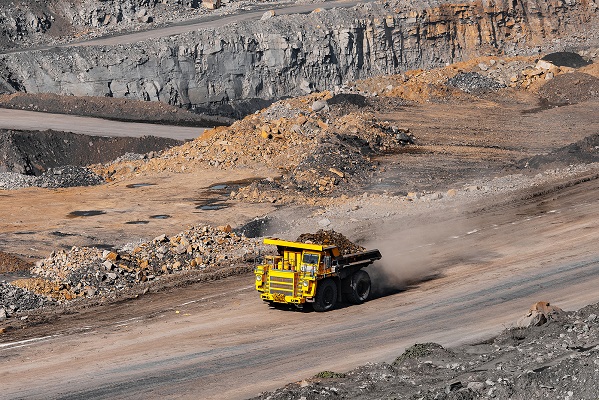
The 2.25-billion-ton iron ore mine has the potential to improve GDP, create thousands of jobs and position the country as a top exporter, if legal disputes and infrastructure delays are addressed
CAPE TOWN, South Africa, April 6, 2022/APO Group/ —
By Charné Hundermark, the Deputy Editor at Energy Capital & Power (www.EnergyCapitalPower.com)
Located in the southern Nzérékoré region of Guinea-Conakry, the Simandou mine holds the largest deposits of high-grade iron ore in the world – an essential element for the production of steel. With the potential of producing up to 150 million tons of iron-ore yearly, the mine represents a key enabler to increasing the country’s gross domestic product, creating thousands of jobs and positioning Guinea as a globally competitive mineral exporter. However, uncertainty regarding national interests and legal disputes continue to delay the project. By addressing these challenges and offering a mutually beneficial and attainable solution, the government can kickstart development and usher in a new era of project success in Guinea-Conakry.
Mineral Development as a Catalyst for Economic Growth
Guinea has already managed to establish itself as a global mineral producer and is recognized as the second largest producer of bauxite in the world, supplying 22% of the world’s bauxite resources. Other key markets in the country include gold and diamonds, and with mines such as Simandou, the country is well positioned to become a top iron ore producer and exporter. The role the Simandou mine will play in accelerating economic development is well defined.
Firstly, with the potential to produce up to 150 million tons of iron ore annually, the mine can tap into global supply chains and become the preferred supplier to international markets, bringing in new revenue streams for the country. Specifically, China, which is currently pursuing alternative suppliers in a bid to reduce its reliance on Australian reserves, is ready and willing to buy Guinean iron ore. Secondly, the mine will create thousands of jobs for the local population, trigger new infrastructure development – particularly regarding transportation – and improve capacity building and skills transfer for the community. Finally, the mine will increase export earnings, enabling the reinjection of capital in various other sectors of the economy such as energy, agriculture and tourism.
Addressing Development Delays
Despite reserve discoveries in 1997, the Simandou mine has faced years of challenges hindering development. Most notably, disagreements between miners and the government, political instability and change of leadership, inadequate infrastructure and corruption have significantly restricted progress. To combat these challenges and kickstart development, in March 2022, after having halted operations at the mine, the interim government signed an agreement with mine developers Rio Tinto – with a 45.05% interest in blocks three and four (the southern half of the deposit) – and Chinese-backed Winning Consortium Simandou (WCS) – who won the tenders for Blocks one and two in 2019 (the northern half). Comprising specific growth-driven terms, the deal will ensure the rapid development of the mine.
Firstly, the agreement will see Rio Tinto and WCS co-developing the 670 km Transguinéen railway and a port – of which the government will hold, in addition to the mine, a 15% stake-ensuring the necessary infrastructure is in place to export to global markets. Upon completion, this infrastructure will become state property, allowing the government more control of the infrastructure itself. With inadequate infrastructure representing a key hindrance to the mine’s development, this deal will be critical in maximizing the mine’s potential and monetizing reserves. Secondly, the government has included specific local content provisions in the agreement, ensuring the local population benefits from job creation, capacity building and skills development. This will be particularly important for the development of the local economy, especially since both mine developers are foreign.
Finally, under the terms of the agreement, ambitious project deadlines have been introduced in which penalties will be imposed if unmet. Specifically, infrastructure should be completed by 2024 and production commence by March 31, 2025, ensuring a clear timeline by which investors and developers can abide. Considering the nearly two decades of project delays, the project deadlines will enable the rapid development of the mine, ensuring an end to project uncertainty and delays.
The Simandou mine could usher in a new era of socioeconomic growth for the country while positioning Guinea as not only a top bauxite producer and exporter but an iron ore one. This new deal represents a turning point for the mine and marks an important step in the journey towards first production.



